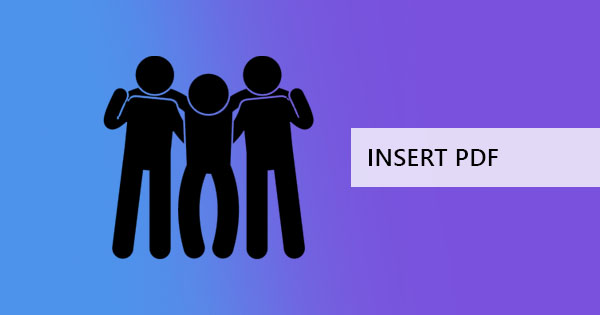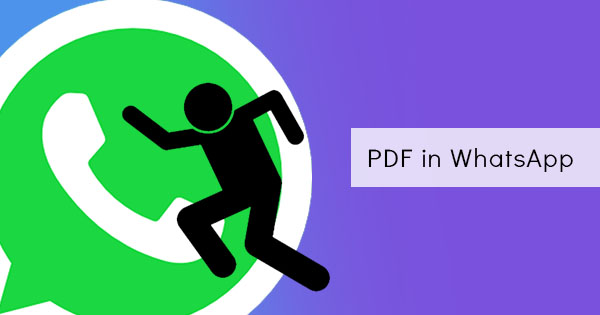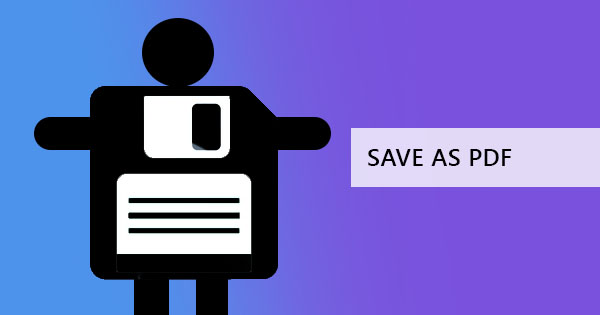
The quality standard of PDFs online has definitely risen, from ordinary scanned files to high-quality standards. Uploaded PDF files online are no longer unreliable as ISO had made sure that the standard for PDF is ready for assistive technology, allowing these documents to be reached by all kinds of readers. Although many of us may think that PDF is, all the same, there are actually different kinds that follow a certain standard. The most popular types of PDF made online are either standard-compliant or accessible PDFs. These are usually chosen because of the need to reach different kinds of readers and the fact that it heightens the SEO of the PDF online.

Standard-compliant PDFs is also known as PDF/UA. ISO had made sure that there are certain rules and guidelines to follow for it to be considered as one however not all documents that are made to be PDF/UA compliant are actually accessible.
What’s the issue with a standard and accessible PDF?
An accessible PDF is a digital document that can be accessed by any user online including disabled people who need assistive technology, color-blind or cognitively impaired people. There are 4 aspects considered for it to be compliant – it should be scannable, searchable, readable, and legible.
Read more here: How to create an accessible PDF
If you try to check your document with an accessibility checker, technicalities will be scanned including, PDF/UA basic requirements, fonts, content, embedded files, natural language, logical structures, alt texts, and alternate descriptions in links and photos, metadata, and document settings. But having a fully accessible PDF doesn’t stop there and it basically means doing more than just creating a PDF/UA.
Sometimes, creating a fully accessible PDF means getting in the way of being PDF/UA compliant. A regulation to comply with one rule of PDF/UA may not always comply with reading systems and assistive technologies. For instance, an author may use PDF Tags to allow the correct reading order however, some assistive technology does not use tags for reading order and instead use content and structure. Conveying an accurate structure of a document may be difficult to achieve if not all tags and rules applied to the document is concrete to the assistive technology.
In some cases, authors are forced to choose between compliance and accessibility like creating a formula tag. These are tags that are required to be used when mathematical expressions are found in the PDF’s content. Doing so, however, may hinder some assistive technologies to read the formula.
In another example, adding footnotes or endnotes with tags cannot be accessed by some assistive technologies. In some cases, screen readers may either skip it or read it in the wrong order (perhaps in-between content). Though footnotes or endnotes can be compliant with PDF/UA, it doesn’t necessarily mean it can automatically be read by assistive technologies.

What is assistive technology?
Assistive technology is basically any device, software, or program that equips a user and helps them by improving content or access a digital file’s content to help people obtain information from it. These devices are made for those with disabilities.
What are the different types of assistive technology?
Contrary to popular belief, assistive technology isn’t just about screen readers where the text is converted to speech and read out loud for the reader to hear. It can also be a screen magnifier, literacy software solutions, speech recognition or voice recognition, switch devices, graphic organizers, and more. Examples of literacy software are ClaroRead and Read&Write Gold, which is used by 74.5% of the disabled in the UK.
Do I have to make my PDF accessible?
If you want to reach more people, then the answer is yes! As many search engines nowadays see the importance of ISO standards, it is clear that having accessible PDF can become the preferred option to index online. Basically, if you want your PDF to be indexed and shown on top of the search result, you got to fix that PDF into an accessible PDF!



